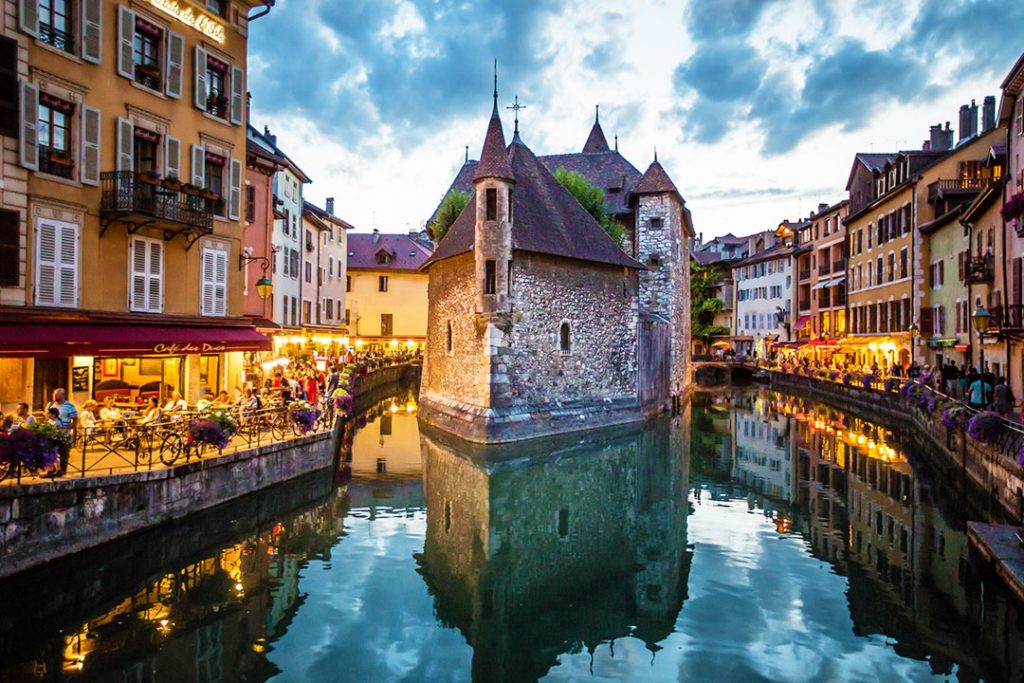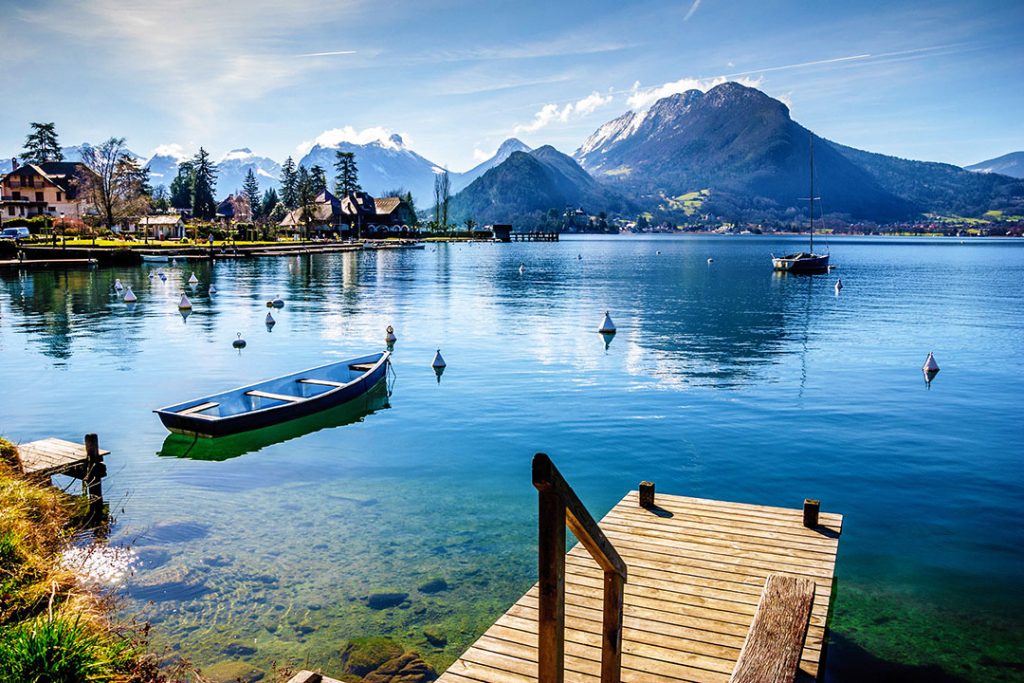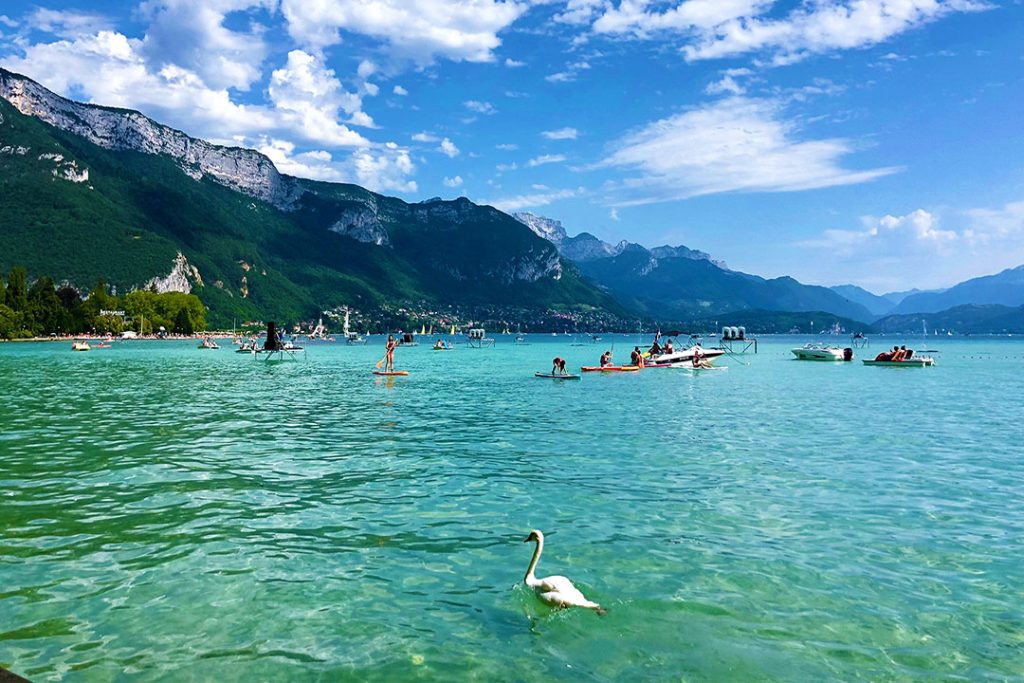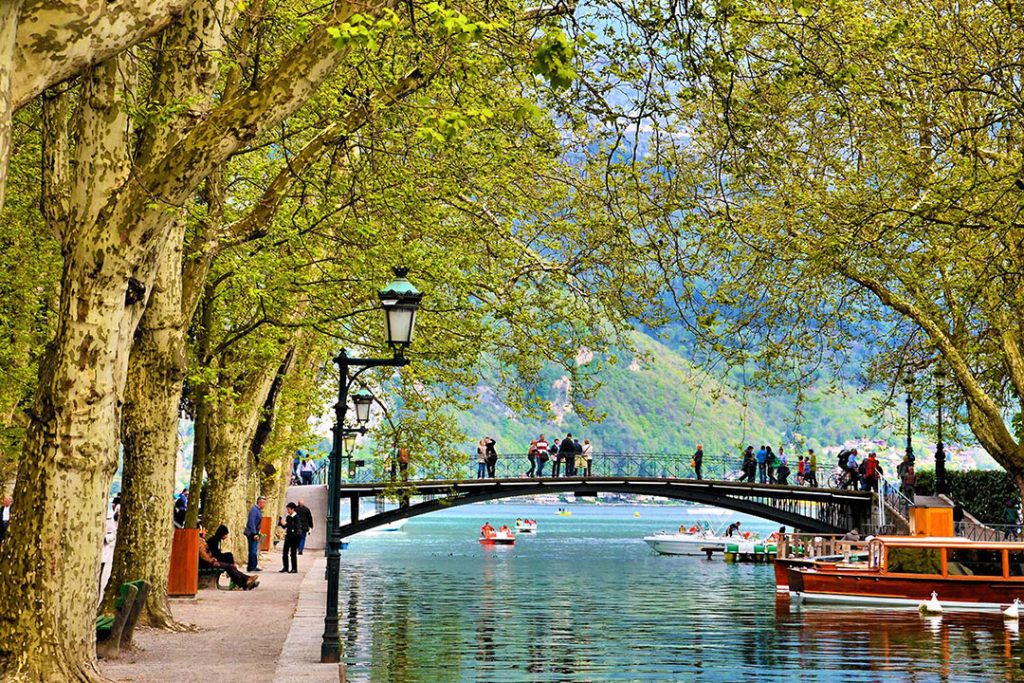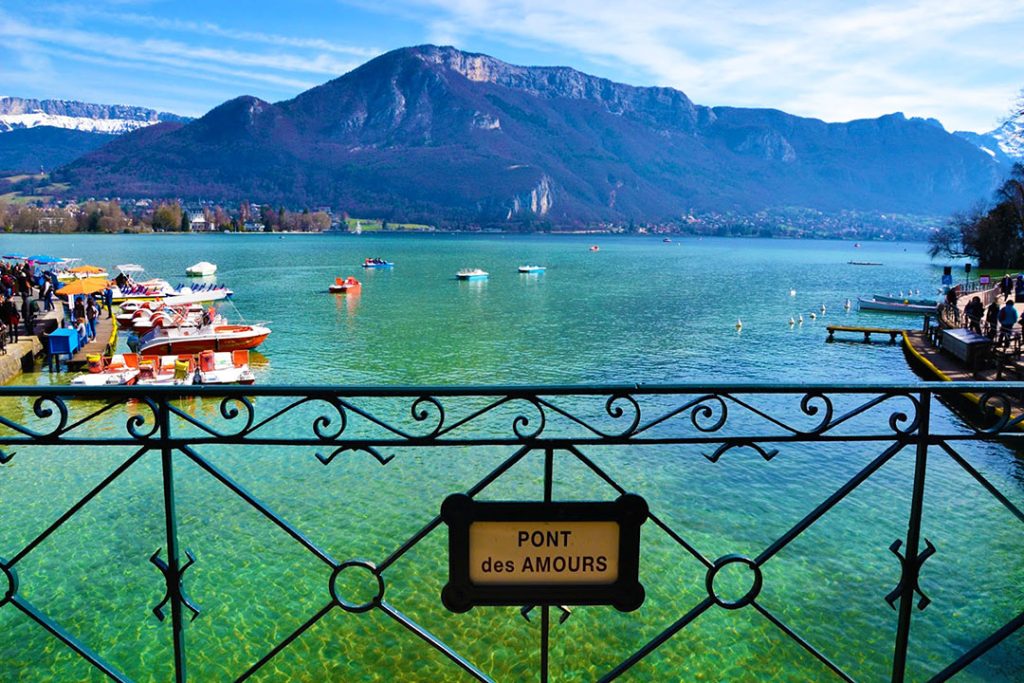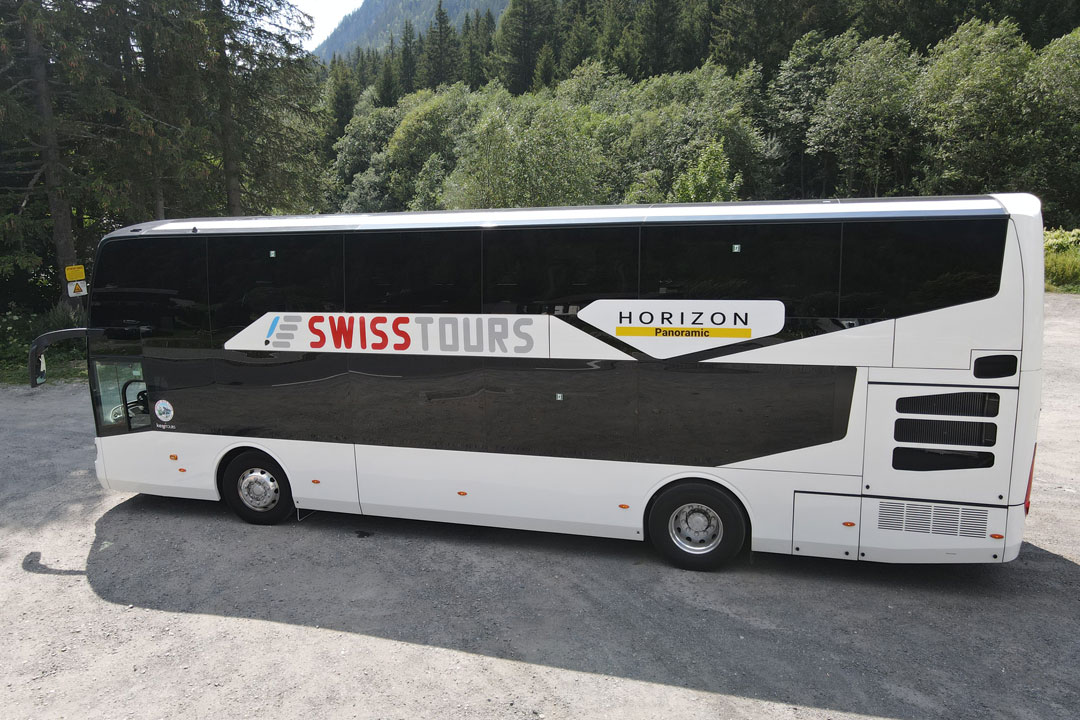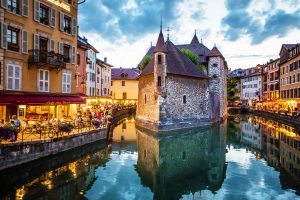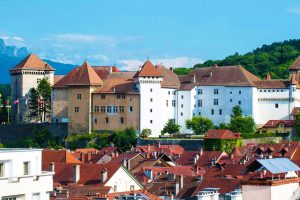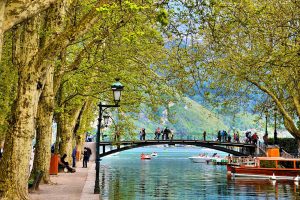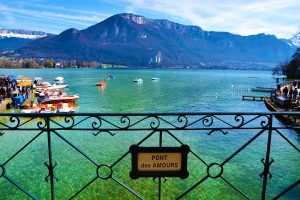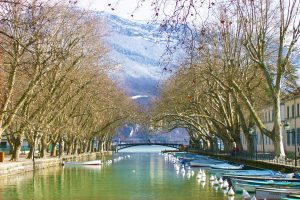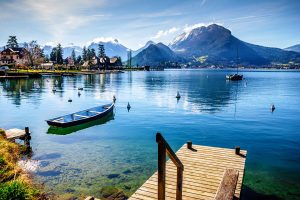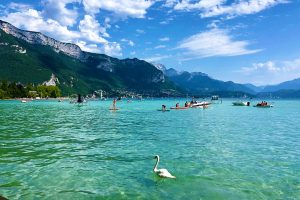Annecy
- Annecy tours
Annecy city tour
Duration
5h
Price from
75 CHF
Departure from
Geneva
Overview
Annecy, often called the “Venice of the Alps,” welcomes visitors with its harmonious and romantic landscapes. The old town and its colorful pedestrian streets, crossed by the river Thiou draw a picturesque and enchanting framework. Its numerous food markets, creators, or its flea markets enliven the streets. Rich in cultural activities, such as museums, castles or exhibitions, Annecy is rated by the label “Art and History” — a true point of pride for locals.
Indulge in a delicious traditional cuisine at one of the many lakeside restaurants or enjoy a peaceful walk along the Lake Annecy. For those looking to explore from nearby, a Geneva to Annecy day trip is the perfect way to experience this Alpine gem.
Included / Excluded
- Included:
- Round-trip bus
- Driver-guide
- Walk in old town
- Free time in Annecy
- Not included:
- Aperitif picnic
- Meal
Itinerary
10:00 – Arrival to Annecy
12:45 – Departure for Geneva
14:00 – Arrival in Geneva
*This itinerary is subject to change.
Price and Departure
Departure:
Calendar
All year calendar
Detailed Description
Annecy called the “Venice of the Alps” offers to the visitors harmonious and romantic landscapes. The old town and its colorful pedestrian streets, crossed by the river Thiou draw a picturesque and enchanting framework. Its numerous food markets, creators, or its flea markets enliven the streets. Rich in cultural activities, such as museums, castles or exhibitions, Annecy is rated by the label “Art and History” which has so much value within the hearts of the inhabitants. Not to mention the pleasure of the senses with a traditional dish at one of the many restaurants, or a relaxing walk along the lake.
Additional Info
- All of our driver-guides speak a minimum of three languages, with English as their main language.
-
Panoramic vehicleavailability cannot always be guaranteed.
- Meeting point: Please arrive 15 minutes before the scheduled departure time.
Pictures
More photos from our daily Annecy tour from Geneva
Reviews from our clients





Frequently Asked Question about Annecy tour
Is Annecy worth visiting?
Yes, absolutely! Annecy is very beautiful city with wonderful landscapes often called the “Venice of the Alps” for its charming canals, pastel-colored houses, and fairytale old town.
What is Annecy famous for?
Annecy is famous for its pure, turquoise lake, Alpine scenery, charming Old Town, and cultural landmarks like Annecy Castle and Palais de l’Isle. It’s a popular destination for both romantic escapes and nature lovers. The lake of Annecy is considered as one of the cleanest in Europe.
How far is Annecy from Geneva?
Annecy is located in France just about 40 kilometers (25 miles) from Geneva (in France). It takes approximately 45 minutes by bus, making it an ideal destination for a half-day trip.
Do I need to bring my documents for this tour?
Yes, please bring a valid ID or passport, especially since this tour crosses the Swiss–French border. Border checks are not frequent, but documents may be requested.
Where to eat in Annecy?
During your free time on Annecy city tour you will have time to take a lunch. There are many charming restaurants and cafés in the Old Town and near the lake. Your guide will gladly recommend spots based on your preferences during the tour!
What are the best things to do in Annecy Old Town during my free time?
Strolling through the cobbled streets and canals, Visiting historic landmarks like Palais de l’Isle and the Castle, Shopping for local crafts or gourmet treats, Enjoying a coffee or lunch by the canal, Stopping at boutique shops or traditional bakeries
Is a half-day enough to see Annecy?
Yes, a half-day Annecy tour is perfect for discovering the main attractions of the city!
You’ll explore the most iconic sights, learn about the town’s rich history from our expert guide, and even have time to sample the local cuisine.
Tip: You can also combine this tour with our Geneva City Tour for a full day of unforgettable discoveries.
You might also like...
5h tour |
Guide
Annecy old town | Annecy castle | Annecy lake | Pont des Amours | Palais de l’Ile
7h |
Driver-guide
Guided tour in Geneva & Annecy | Mini train in Geneva old town
9h |
Driver-guide
Guided tour in Geneva & Annecy | Mini train in Geneva old town | Boat cruise on Geneva lake
